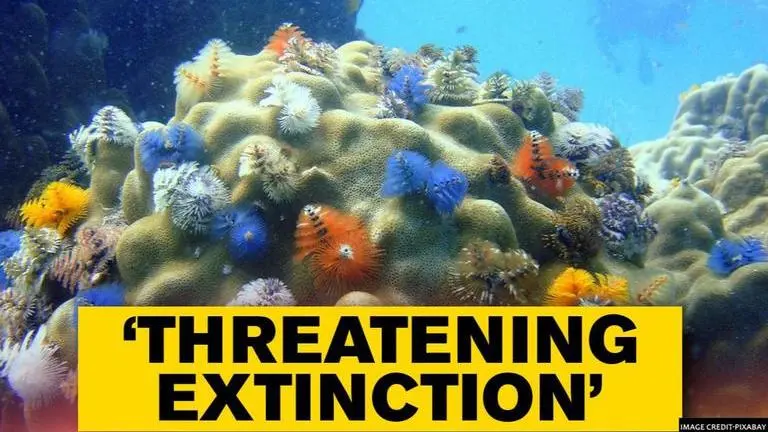Updated 9 September 2020 at 20:47 IST
Ocean warming has led to early spawning in marine species: Study
Ocean warming has threatened the existence of marine species in many ways, including melting of glaciers. A study about the same was published in Science
- Science News
- 2 min read

Ocean warming has threatened the existence of marine species in many ways, including speeded melting of glaciers. A recent study about the same revealed that it has now led to an alteration in spawning period of species residing in the North Atlantic ocean. Scientists have defined spawning as deposition or lying of eggs by aquatic species like fishes, frogs etc.
The study, published in magazine science stated that creatures like snails, worms, and clams in the Northwest Atlantic Ocean are spawning earlier in the year. This means that the water currents take their larvae southward and into warmer waters, which scientists believe is the ‘wrong direction’. This has not only led to threatening fo their reproduction but their existence altogether.
Elaborating on the same, Steve Gaines, a marine ecologist at the University of California, Santa Barbara told Science magazine, that for the species that can't move effectively, it's going to enhance the likelihood that they're going to get really rare and potentially be driven extinct by climate change can't move effectively, it's going to enhance their extinction by climate change.
'Not easy for such species'
Although, biologists have assumed that marine species can shift habitat fairly easily if their environment changes, the new study shows things are more complicated for species distributed only via drifting larvae. James Pringle, a physical oceanographer at the University of New Hampshire, Durham, warning about the same, told science magazine that a major takeaway from the study was that people simply cannot assume critters will “spread to wherever the climate is congenial for them.”
Advertisement
Advertisement
This comes as recent images released by the Planet Earth-observation company show the Milne Ice Shelf in the Arctic as broken. According to reports, the ice platform that split from the ice shelf formed a free-floating bloc some 80 sq km (30 sq miles) in the area. The split occurred sometime between July 30-31. The new Images show that just days after splitting from the Milne Ice Shelf, the ice platform itself ruptured in two. After the subsequent rupture, both segments were seen drifting out into the Arctic Ocean, a matter that has caused concerns for scientists.
Published By : Riya Baibhawi
Published On: 9 September 2020 at 20:46 IST
